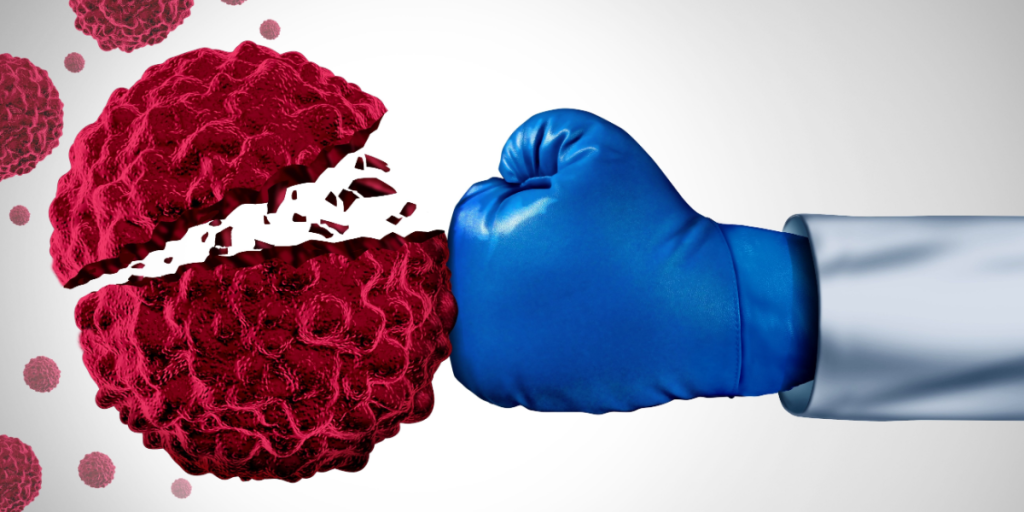“In the long run, once we refine our method, we estimate that we can reduce costs by up to 50 percent,” one of the scientists says.
Others are reading now
“In the long run, once we refine our method, we estimate that we can reduce costs by up to 50 percent,” one of the scientists says.
Ever heard of Taxol?

Taxol, a substance used in chemotherapy, is one of the most widely used drugs for treating breast, ovarian, cervical, and lung cancer.
However, it is expensive, difficult, and environmentally taxing to produce because it is made through a complex chemical process.
Decades of searching
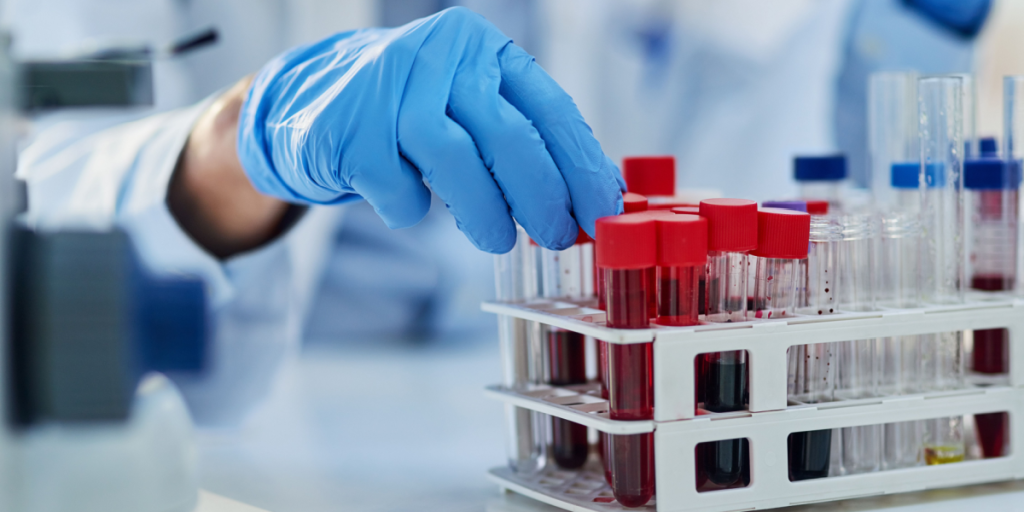
For 30 years, scientists around the world have tried to understand how taxol, which comes from the Pacific yew tree, is naturally produced. If this process could be understood, the substance could instead be made using biotechnology.
Also read
But the final steps in this process had remained unknown—until now.
Two missing pieces found
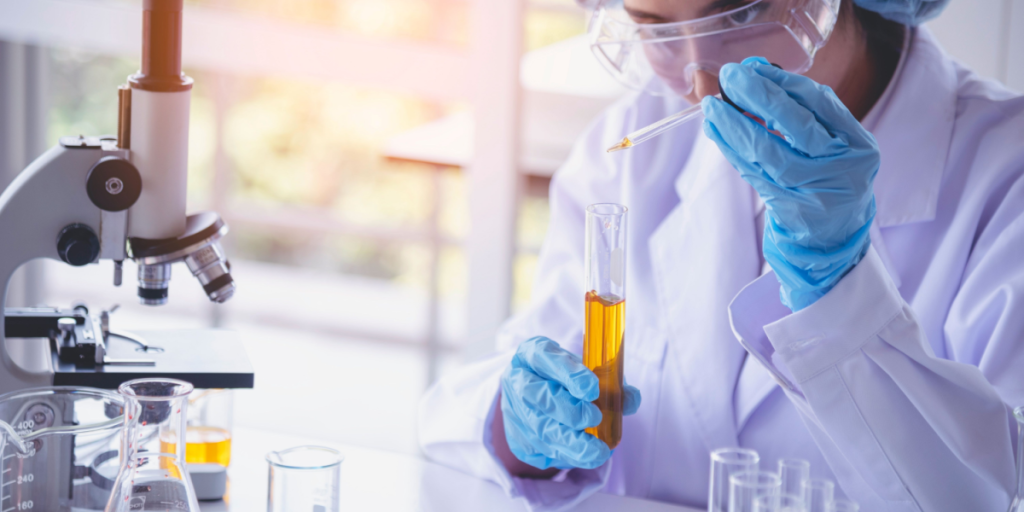
A research team from the University of Copenhagen has succeeded in finding the two missing pieces: they have identified the enzymes responsible for the final two critical steps in the biological process that makes taxol active as a medicine.
The Holy Grail
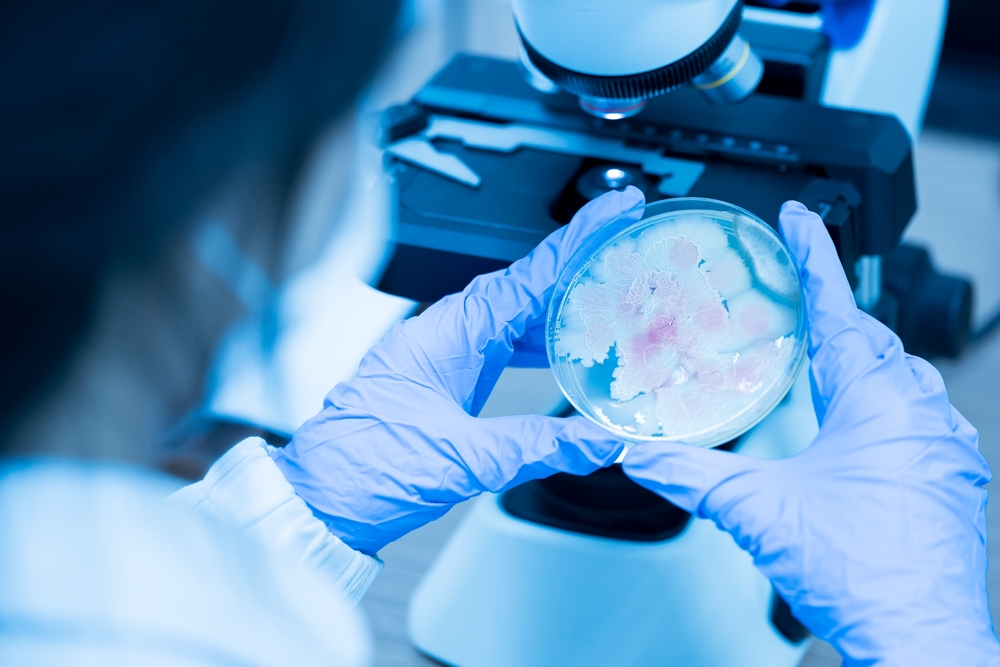
“With the discovery of the last two enzymes, we now have a complete understanding of how the substance is formed. This has allowed us to develop a biotechnological method to produce taxol in yeast cells,” says Sotirios Kampranis, professor at the Department of Plant and Environmental Sciences and senior author of the study published in the journal Nature Synthesis.
So how is it done?
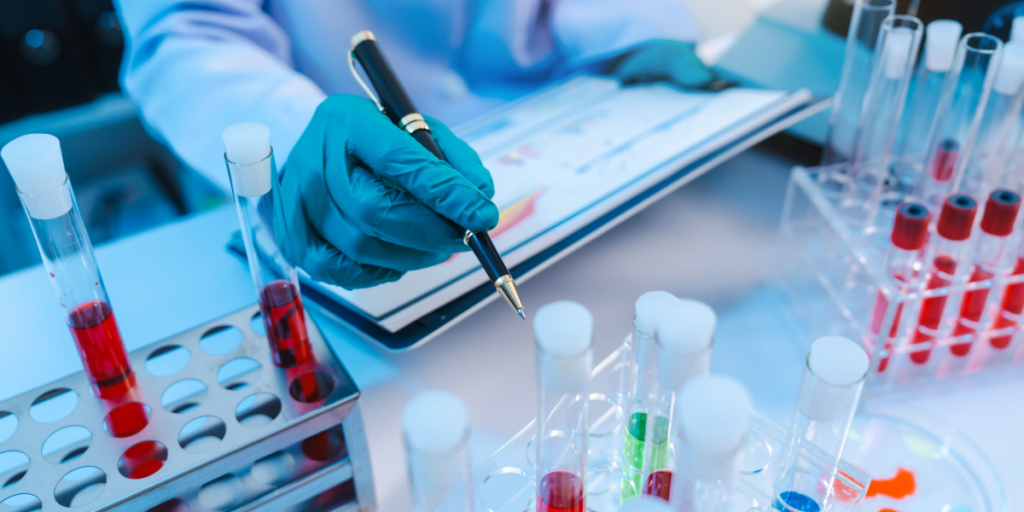
The method involves cloning the genes from the yew tree that are responsible for taxol production and inserting them into yeast cells.
In this way, the yeast cells become host organisms or miniature cell factories that now have the recipe to produce taxol.
Has applied for a patent
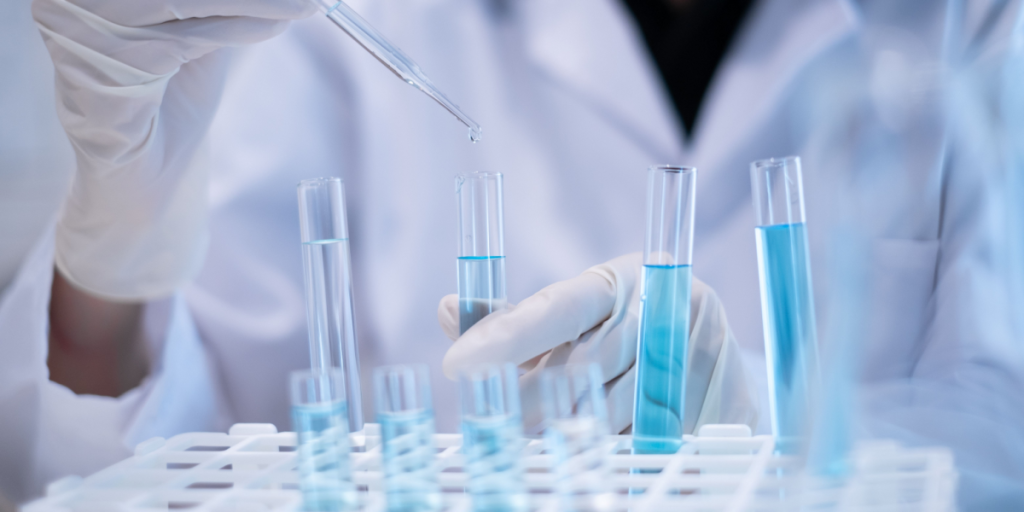
“With this new method, we can produce taxol at a significantly lower cost than with conventional production methods. In the long run, once we refine our method, we estimate that we can reduce costs by up to 50 percent,” says assistant professor and first author Feiyan Liang.
Affects women in developing countries

The prospect of cheaper taxol is especially important because ovarian cancer is rapidly increasing worldwide.
The incidence of the disease is expected to rise by more than 55 percent by 2050, with the vast majority of cases occurring in low- and middle-income countries.
It is also expected that the number of women dying from the disease will increase by nearly 70 percent over the same period.
$20,000 per kilogram

Currently, taxol costs over 20,000 USD per kilogram, making it one of the most expensive active pharmaceutical ingredients available per Pharmacompass.
Much more sustainable

The new method is not only cheaper but also far more sustainable than traditional chemical synthesis.
One advantage is that the method does not use harmful chemicals and solvents, which are common in chemical production.
It is possible

“We want to demonstrate that it’s possible to build a biotechnological production of pharmaceuticals that is both sustainable and affordable. There are very few examples of this today, but we now have the foundation for it,” concludes Sotirios Kampranis.
What is Taxol?
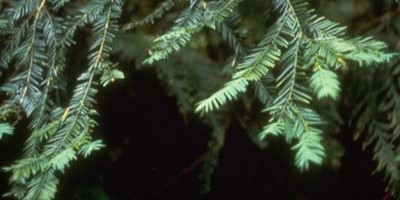
Taxol was originally extracted from the inner bark of the Pacific yew tree (Taxus brevifolia), but since the concentration of taxol in the bark is very low, all the bark had to be removed—killing the tree in the process.
Slow to grow
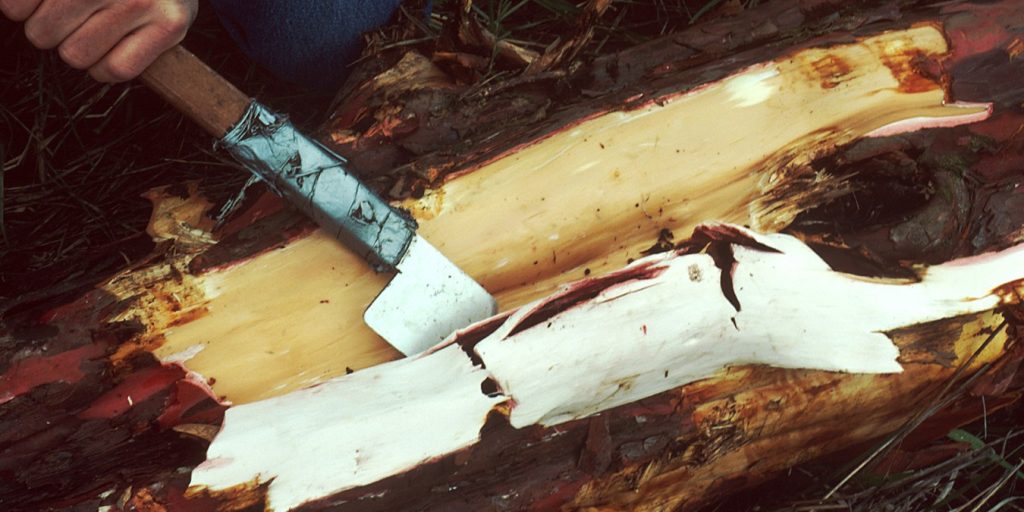
Yew trees take 70 to 100 years to grow to full size. Each treatment requires approximately two trees, making this a highly unsustainable method that was abandoned many years ago. However, the yew tree is still under pressure in certain regions today.

